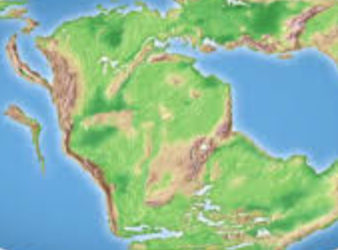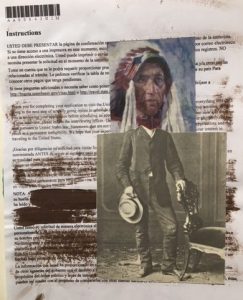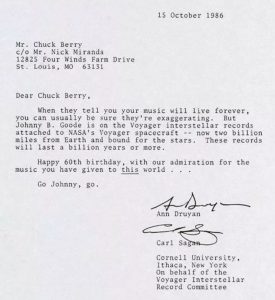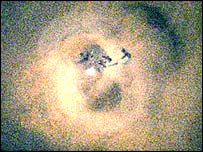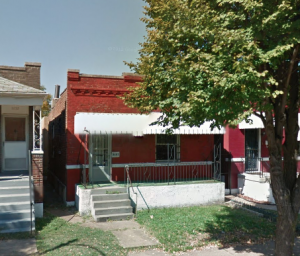On the Bus
…from Woodstock to New York last fall—to visit Loisaida on the “Lower East Side” to site an enactment of the Post-Cuban Cabaret—the artist Omar Pérez and I were shooting the breeze about Zombies and the vast hypnosis into which many of our fellow travelers in the throes of being human are stumbling or have fallen. (It’s an old story, though recently—and even setting aside the big “nature of sleep”—it seems to have taken a big leap in its power and complexity due in no small measure I feel to—among many others unnaturally—the father of public relations and public manipulation (propaganda) Edward Bernays, the shadow man Doctor Sax, down the alley dealing dope, in so many words, who invented the term “psychological warfare.” Of his Ivory Soap Prototophron campaign, Bernays writes: “As if actuated by the pressure of a button, people began working for the client instead of the client begging people to buy.” That alchemy, coupled with the ubiquity of hands-reach and instantaneous media via cell is sicking.)
The Coconut
And one way to talk about it is what Omar said then on the bus about the myth of the monkeys and the Einstellung Effect wherein: villagers, broadly speaking, catch monkeys by cutting a hole in a coconut and putting something monkeys want inside it, though making the hole just wide enough that they can’t get it out without letting go—so the monkeys walk around dragging coconuts.
We were near the back of the bus, not too crowded, and a beautiful day outside sunny at the end of summer—slumped in our seats with Omar at the window though on the driver’s side so over the Interstate—and Omar doesn’t like roads so much, or rather hurtling hunks of metal killing animals—and Omar never quite slumps—and looking over across the aisle witness a woman on her cell phone totally connected and watching intently, participating in this world that seemed very foreign to our own at that moment—the focus of her gaze away—when I said, “She can’t get her hand out of the coconut.”
I don’t think Omar had connected it—I think I actually make it—which is rare—and we looked at each other in the way you may with a friend to pierce through laughter what laughs—she had in ear phones—and figured it out quickly from there that on my god, she’s on the coconut!
The Takeaway
And so I can’t look at cell phones anymore without perceiving a coconut; and I advocate you form the same button.
I’m a big fan of this coconut association and feel it could be loaded into a Bernaysian cannon to explode us back from the brink of ourselves.
I should also say that recently I heard the tail end of a radio interview with Arthur Firstenberg talking about wireless microwave radiation in which I thought I heard “coconut.”
And remember “on the coconut” is maybe the best we can ask—at the edge of “in,” with a hand tightening around us (which I fear is true for many and sometimes myself, when I can find it).

